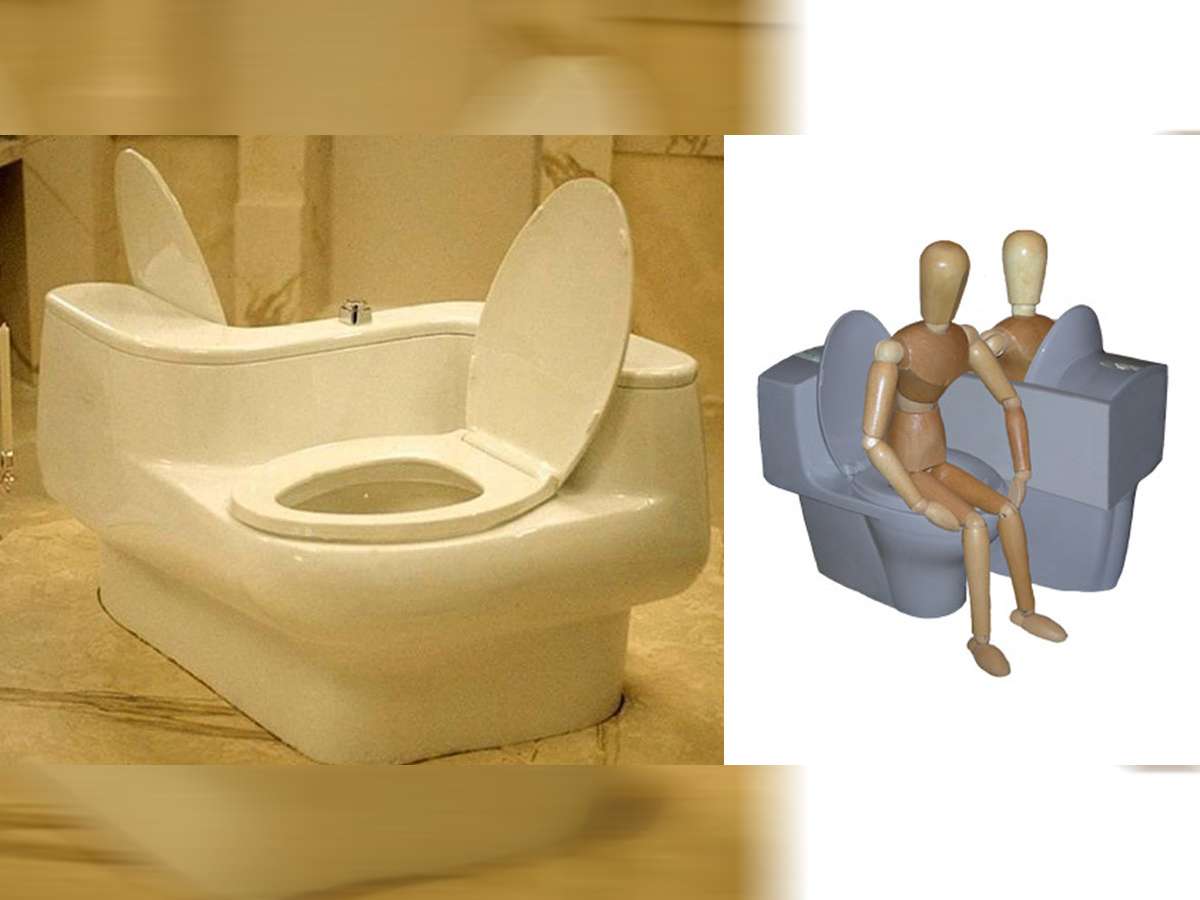 I’ve never personally seen an induction cooktop until just recently while at the 2008 Fall Atlanta Home Show. Induction cooktops are very expensive (approx. $3,600-$4,000+ for Viking brand 6 coil units, as pictured on the right), but they have an unmistakable cool factor to them, not to mention the technology involved is cutting edge and they are highly energy efficient cooking appliances.
I’ve never personally seen an induction cooktop until just recently while at the 2008 Fall Atlanta Home Show. Induction cooktops are very expensive (approx. $3,600-$4,000+ for Viking brand 6 coil units, as pictured on the right), but they have an unmistakable cool factor to them, not to mention the technology involved is cutting edge and they are highly energy efficient cooking appliances.
The induction cooktop I saw was made by Viking but the induction coils are made for Viking by a company called Luxine (source). I’m not necessarily recommending Viking, it just happens to be the brand I saw at the home show.
So how does induction cooking technology work and why is this a better way to cook? I wondered these things myself so I started doing a little research and found out some very interesting facts and figures.
Did you know that you can put a full pot of room temperature water on a magnetic induction cooktop and you’ll have boiling hot water in no time flat!!! How in the world does it do that? Well, it’s all in the technology and physics involved, of course.
Magnetic induction has been around a few years now (especially in Europe) but it is just beginning to become a viable choice for residential cooktops here in North America due to increased demand and top notch energy efficiency.
How Does an Induction Cooktop Produce Heat?
“Induction cooking uses electromagnetic energy to heat cookware made of magnetic material (steel, iron, nickel or various alloys). When the unit is turned on, the coils produce a high frequency alternating magnetic field that ultimately flows through the cookware. Molecules in the cookware move rapidly back and forth, causing the cookware to become hot and cook the food.”
…or more technically…
“Induction works according to a simple basic principle. An electronic circuit supplies power and electronically controls an inductor coil inside the cooktop. This coil generates a magnetic field when cookware is placed in contact with the cooktop surface, causing induced currents to flow through the base of the cookware. These currents transform the cookware into a heat source by what is called the joule effect, leaving the surface of the cooktop surrounding the cookware cool to the touch.”
“In concrete terms, induction technology produces two basic results.”
“First, the cookware itself emits the heat, so that maximum heating power is released and food is cooked with little or no heat loss.”
“Second, thermal inertia is eliminated, since it is by placing or removing the cookware on the cooktop’s surface that activates or deactivates the induction coil.”
The link to Diva (above) really gets down to the nuts and bolts of how magnetic induction works if you’re seriously interested in that aspect of it. Check it out. Delve even deeper into improved induction technology via this article about CookTek teaming up with Infineon’s Trenchstep-technology Insulated Gate Bipolar Transistors (IGBTs) giving them industry leading products and reliability in the commercial field. Whoa!
A Viable Cooktop Choice for the Blind or Visually Impaired
Diva de Province residential induction cooktop units, made by Fagor (source), has introduced a tactile marking kit for induction cooktops for use by the blind or visually impaired. That is awesome stuff right there! Marketed under the name Diva Induction, the tactile marking kit comes in three choices: raised letters, Braille symbols or 3M Bumpons. The kit is placed just below the controls for ease of use.
The electromagnetic heating elements are cool to the touch because the energy is only transferred to the cooking vessel, making it the safest method of cooking developed to date. This is truly an innovative product that gives blind or visually impaired individuals just a little more independence in their lives. Go to their website or call 1-800-852-8604 for more information.
What About the Energy Efficiency of Magnetic Induction Cooktops?
Energy efficiency is where magnetic induction cooktops score some heavy duty points to seriously consider buying one. If you’re considering an induction cooktop for your home, you’ll be pleased to know that 90 cents of every “energy dollar” goes directly to heating your food. Whereas, cooking with traditional electric will yield around 65 percent efficiency and gas seems rather chilly with a 30 percent effiency. Very interesting, eh? I prefer cooking with gas after having an electric coil range for over 20 years but I think I could go with an induction unit, if need be.
What Kind of Cookware Do I Need for Induction Cooking?
Basically, there is a very simple test to answer this question. Get a magnet. Place it against the bottom of the pan you plan to buy (yes…take a magnet with you to the store and try before you buy). If the magnet is drawn to the cooking vessel, you’re on the right track. The only task remaining is to choose quality cookware. If the material is ferrous (iron or iron-based) in nature, it will work (source).
Look for pots and pans consisting of these metals for use on induction cooktops:
- cast iron
- steel
- some stainless steel pots
Basically, make sure that somewhere on the literature that comes with the pot states that it is suitable for induction cooking. Check the following link on choosing the correct gauge and materials used for your pots and pans purchase.
Related Material:
Any more questions regarding induction cooktops? If so, here is an excellent Induction cooktop FAQ provided by Diva de Province.
Looking for a list of makers of built-in induction cooktops (sold in North America)? How about a list of countertop induction units? The InductionSite has them listed with prices and cost to operate each.
Pros and Cons of Induction cooktops
Resources:
Viking Induction Hobs (cooktops)
video on Viking Induction Cooktops
Viking Professional Series All-Induction Glass Ceramic Cooktops
I started as a home-stalker… visiting brand new homes under construction in the neighborhoods near my house. That inspired me to write about home building and home renovation projects — chronicling homes during different phases of construction from a consumer's point-of-view. Basically, the tips you'll find in my articles are a collection of checklists for what I think should (and should not) go into building or remodeling a quality home.




